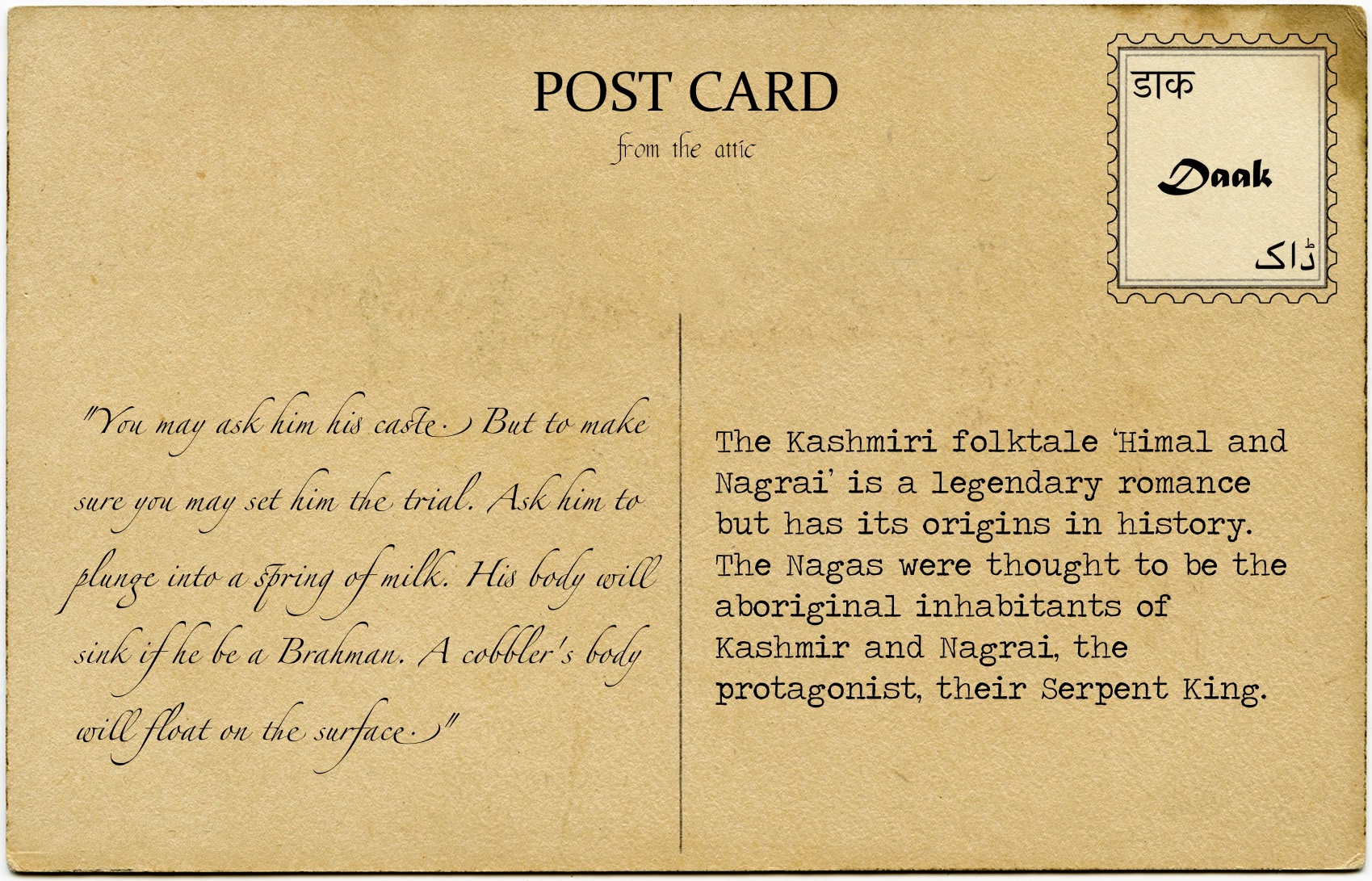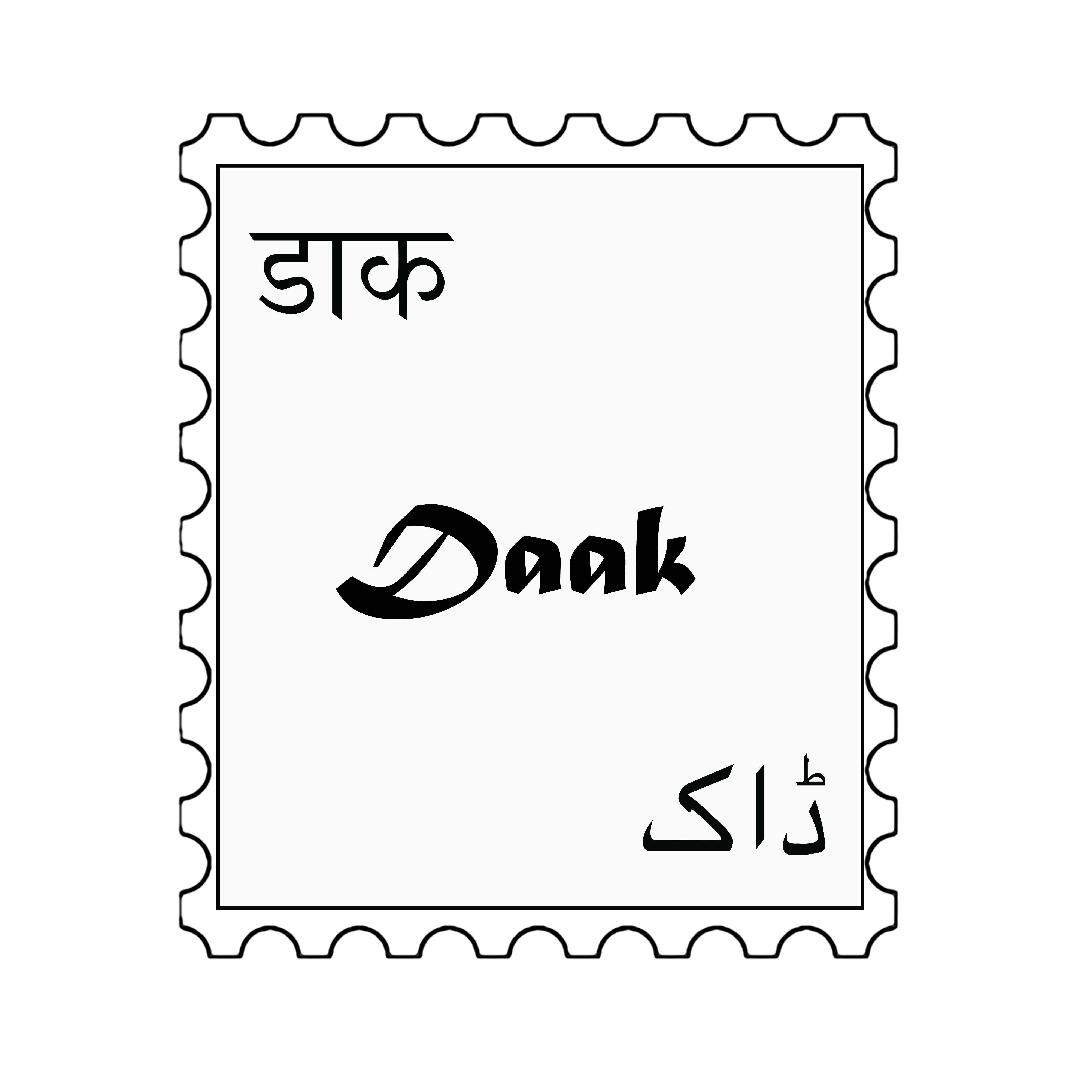
Mythology and Folk Romance: Himal-Nagrai and the Nagas of Kashmir
An hour’s drive away from Srinagar city lies a fabled spring from a popular Kashmiri folk tale, called ‘Himal and Nagrai’. The stone marker there commemorates the lore and with it, the original, aboriginals inhabitants of Kashmir” the Nagas. The protagonist of this story was Nagrai, a Naga, and the serpent king.
As in the story, the Nagas are thought to be semi-divine beings – half human, half serpentine and the original inhabitants of Kashmir. Kalhana writes of the origin of Kashmir and how it was populated in his famous book ‘Rajtarangni’. In what feels more like a mythological legend than a historical account, he speaks of how Kashmir was once a large body of water. Kashyapa, the father of the Naga King, Nila, drained the water for humans and Nagas to cohabit this space. Here they find a space in the creation myth of Kashmir.
The Nagas are said to have a close association with water. It is not strange then, that to this day, Kashmiris call springs of water nags while the word nagin is used to refer to small springs. Numerous places in Kashmir derive their names from these legendary beings thus creeping into the nomenclature of a civilisation that has eliminated them from their narrative.
‘Himal and Nagrai’ is a tale that beautifully blends mythology into a legendary love story. The story begins with a Brahmin trying to kill his wife by letting loose a serpent on her, who transforms into a baby boy and eventually grows up to be Nagrai, the King of serpents. Despite his humble upbringing in the house of a priest, he falls in love and marries the Princess of the land, Himal, who he lives peacefully with until his other serpent wives from the underworld feel neglected and plot to bring him back. There are some macabre scenes, including serpent babies dying but given that it is folklore, there are many versions and multiple endings, mostly happy. If it intrigues you, read the full story here.

Leave a Reply